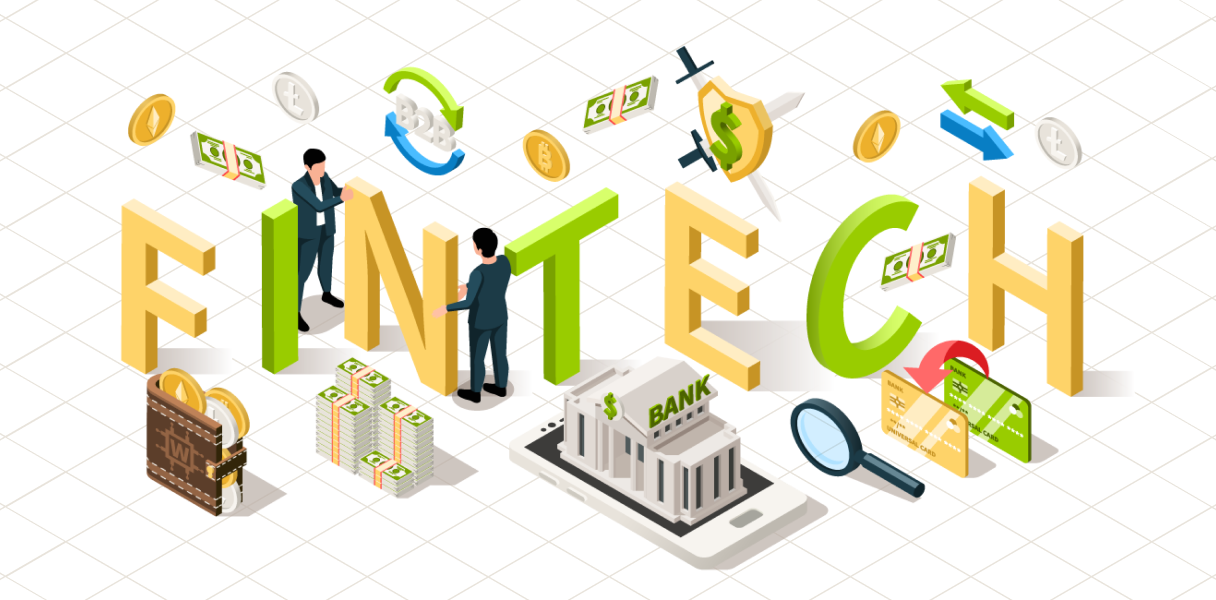Fintech's Trailblazing Path: Expanding E-Governance to India's Heartland Cities

India, standing tall as the world's third-largest fintech ecosystem, boasts an extraordinary achievement, with 23 unicorns and over 660 start-ups collectively raising an impressive $26 billion in funding since 2014. What truly sets this nation apart is its astonishing fintech adoption rate, which surpasses advanced economies at around 87%. Within this remarkable fintech revolution lies a profound potential for transformative change, particularly in the realm of e-governance.
The Growth Trajectory: Fintech's Crucial Role
A recent study conducted by NASSCOM paints an optimistic picture for India's fintech sector. It forecasts a doubling of the fintech software market, surging from the current $1.2 trillion to an impressive $2.4 trillion. This presents an unprecedented opportunity for fintech players to deliver cost-effective services to the underbanked and unbanked masses, marking a significant departure from the conventional financial services model.
This burgeoning fintech industry is not merely about financial services; it is a paradigm shift in the government's engagement with its citizens, especially in Tier-2 and Tier-3 cities, which constitute the heartland of India.
The Fintech Frontier in Tier-2 and Tier-3 Cities
India, renowned as the world's fastest-growing major economy, is meticulously crafting a robust framework for fintech to thrive, particularly in the domain of loans. Technological marvels have bridged the gap between borrowers and lenders, offering credit in innovative and convenient ways, whether it's personal loans, home loans, auto loans, or consumer product financing. Fintech empowers borrowers nationwide with affordable interest rates, accelerated processing, and inventive transaction methods.
Most fintech companies are the brainchildren of innovative minds willing to take calculated risks. They harness Application Programming Interfaces (APIs) to develop value-added applications, while automation, data science, and artificial intelligence are the engines propelling the nation's financial growth. These technological advancements are pivotal in addressing the vast underbanked population that traditional banking systems had long neglected.
The Ascension of Tier-2 and Tier-3 Cities
In the foreseeable future, Tier-2 and Tier-3 cities are poised to spearhead the fintech revolution, hand in hand with the well-established traditional banking infrastructure. Both conventional financial institutions and non-traditional fintech players are forging strategic alliances. Banks that embrace the advantages of fintech startups are collaborating to innovate customized digital offerings, maximizing consumer benefits and unlocking the enormous untapped potential in these regions.
Efficient E-Governance Services Streamlined
Fintech brings extraordinary cost efficiency and resource optimization to the table by digitizing and automating financial processes, reducing costs, and improving resource allocation. Additionally, it fortifies revenue collection through streamlined digital payment platforms, bolstering transparency and accountability in government transactions.
Fintech-government collaborations foster financial inclusion by extending digital banking services to underserved areas. Robust data security measures safeguard sensitive financial data, while public-private partnerships pool resources for superior service delivery. User-friendly interfaces enhance citizen engagement, and FinTech adapts seamlessly to evolving regulations, ensuring compliance and facilitating data-driven governance. The measurement of Return on Investment (ROI) is pivotal in securing continued support and illustrating the tangible financial benefits of fintech in e-governance.
A Transformative Conclusion
The fintech wave surging through India's Tier-2 and Tier-3 cities is reshaping e-governance, ushering in an era characterized by efficiency, transparency, and financial inclusion. As the fintech software market continues to flourish, the synergy between government agencies and fintech innovators is poised to bring about transformative changes that empower citizens and fuel economic growth.
The success of this collaboration transcends mere economic growth and efficiency gains; it is gauged by the enhanced quality of life for millions of citizens and the realization of a more inclusive and equitable future. It exemplifies India's commitment to harnessing technology for the greater good, serving as an inspirational model for nations worldwide. In summary, India's fintech journey transcends mere statistics; it's a reimagining of governance for a brighter, more inclusive future.
Recent Post:

Fintech's Trailblazing Path: Expanding E-Governance to India's Heartland Cities
BLSMon Dec 04 2023
Beyond Banking: How Fintech is Championing Inclusive
BLSWed Nov 29 2023

